Fire Starting
Learn essential techniques and materials for starting a fire in survival scenarios, enhancing your preparedness and confidence in the outdoors.
The ability to start a fire is one of the most important skills in any survival scenario. Fire provides warmth, a means to cook food, purify water, and can be a beacon for rescuers. It also offers psychological comfort, helping to boost morale during challenging times. This article shares some insights into fire-starting techniques, materials, and tools that could be useful in extreme survival situations.
Understanding the Basics of Fire
Before delving into techniques, it’s helpful to understand what a fire needs to ignite - the triad of oxygen, heat, and fuel. Remove any one of these, and a fire will not sustain. Start by ensuring you have:
- Oxygen: A well-ventilated space to allow air flow.
- Heat: A source of ignition, such as matches, lighters, or primitive sources like flint.
- Fuel: Dry materials that can catch fire easily, such as wood, twigs, or tinder.
Choosing the Right Materials
In any fire-starting endeavor, materials play a crucial role. Different situations might require different types of materials, particularly if you’re in a damp or wet environment.
Tinder
Tinder is the first material that will ignite. It needs to be dry and easy to catch fire. Some good examples include:
- Dry grass: Can be collected from the ground; ensure it’s not damp.
- Birch bark: Peels easily and burns well.
- Cotton balls soaked in petroleum jelly: Easy to carry and ignite quickly.
Kindling
Kindling helps to sustain the initial flame. This should consist of small sticks and twigs. As with tinder, ensure these are dry and catch well.
Fuel Wood
Fuel wood keeps the fire going once it’s ignited. Use larger logs and branches, ensuring they aren’t green or too wet.
Tools and Methods for Fire Starting
Matches and Lighters
Having waterproof matches or a reliable lighter is practical for survival situations. These tools are straightforward and efficient, especially when conditions are dry. Consider storm-proof matches, which can work even in windy conditions.
Ferro Rods and Strikers
Ferrocerium rods, often referred to as ferro rods, are popular in survival kits. They produce a large number of hot sparks and are effective even in wet conditions. Striking the rod with a metal edge ignites your tinder.
Flint and Steel
An old-school method that requires practice. You’ll need a good piece of flint, a steel striker, and some char cloth or similar material to capture the spark.
Fire Plough and Bow Drill
For those interested in primitive methods, the fire plough and bow drill are worth experimenting with.
- Fire Plough: Involves rubbing a stick against a groove in a wooden base.
- Bow Drill: Utilizes a bow to rotate a spindle against a fireboard to create friction.
Both methods require patience and are more about technique than brute force.
Tips for Success
- Preparation: Gather all your materials before starting. Once you have a flame, it’s crucial to immediately feed it with kindling.
- Location: Choose a dry, protected area. A simple rock ring or trench can help shelter the fire from wind.
- Practice: It’s a good idea to practice these methods in different conditions to ensure you’re prepared when the need arises.
Conclusion
Fire starting is a fundamental survival skill that requires a mix of the right materials, techniques, and constant practice. While modern humans are equipped with advanced tools, understanding primitive methods can offer an invaluable backup. It’s also a rewarding skill to learn and master through repetition and experience.
In documenting these techniques, I’m reminded that practice, understanding of the materials, and respect for the environment are key components to becoming proficient. Fire, when applied wisely, can significantly enhance one’s chances of survival in extreme situations while also providing a sense of security.
For your safety and the preservation of natural habitats, remember to never leave a fire unattended and to fully extinguish it after use.

Learn essential fire starting techniques for survival situations. Master this crucial skill for warmth and cooking.
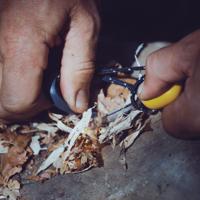
Discover a variety of effective fire-starting methods suitable for different environments and conditions to enhance your survival skills.
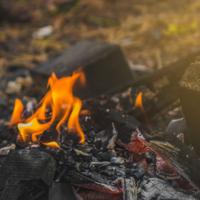
Learn essential fire starting techniques for survival and outdoor adventures. Discover how to create and utilize fire starters effectively.
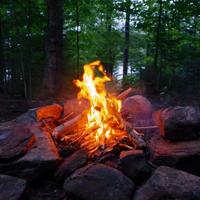
Learn essential methods to create fire in the wild, ensuring warmth, food, and signaling in emergencies.
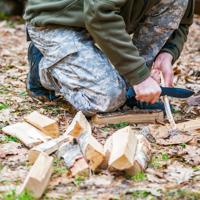
Explore various friction-based fire-starting techniques, including the hand drill and bow drill, ensuring you can light a fire in survival situations.
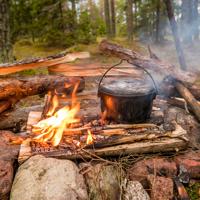
Learn essential fire-starting techniques for survival situations. Master various methods to build a fire.
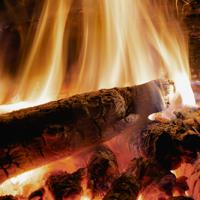
Explore various materials that can help you start a fire efficiently, ensuring warmth and safety in outdoor survival situations.
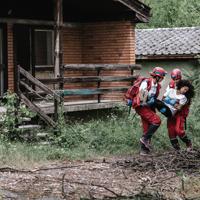
This page explores vital survival skills, emphasizing the importance of mental preparedness, shelter construction, and effective water purification methods.